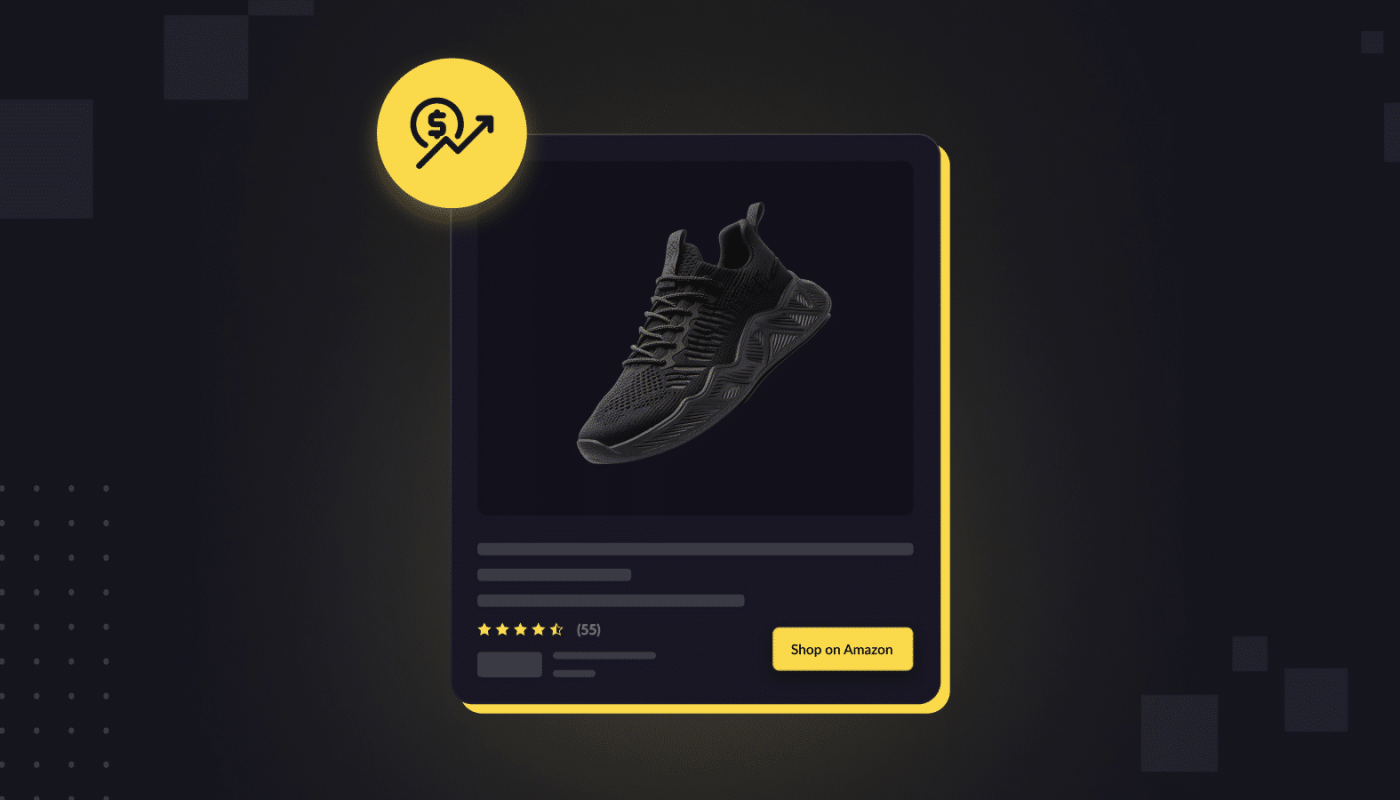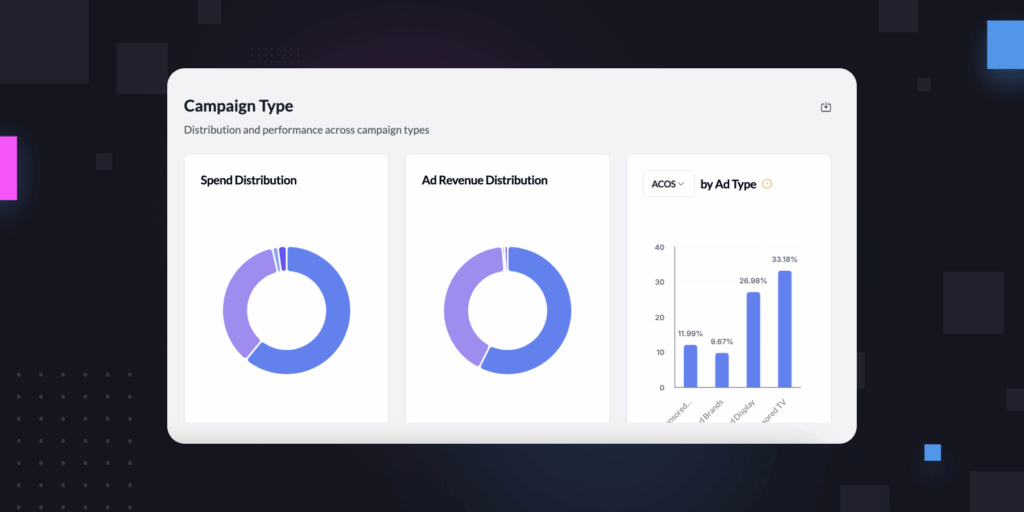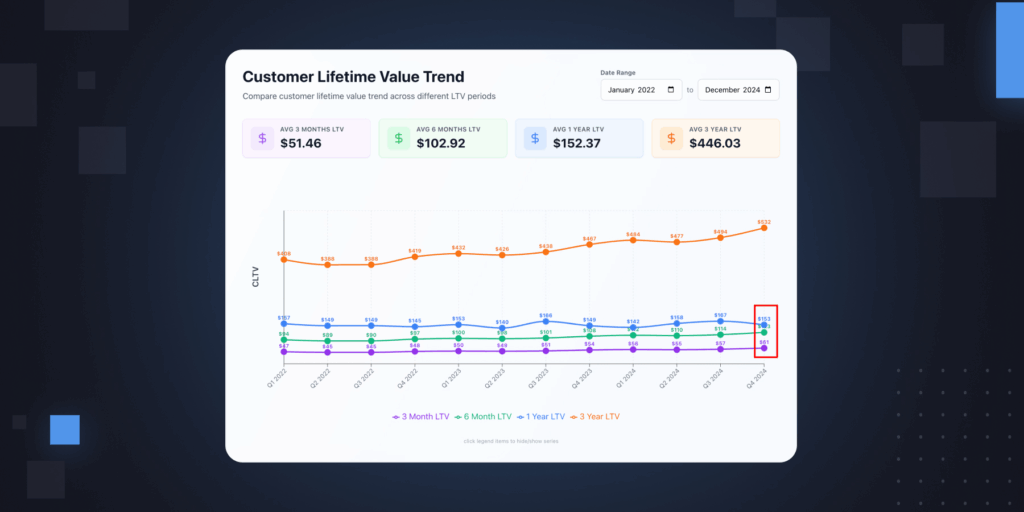Tariffs are continuing to create whiplash across the e-commerce business. Many brands we talk to are still trying to figure out the smart play in this moment.
They’re seeing some competitors raise their prices, while others are opting to just wait it out. Some are slashing their ad spend; others are continuing business as usual and hoping for the best.
It’s a confusing time.
There’s no one-size-fits-all advice we can give for managing this moment. The best tactic depends so much on your product, your price, what your competitors are doing, and more.
But there are some key metrics that every brand should be looking at in order to make the most informed choices.
The worst thing you can do right now, after all, is to make significant pricing or advertising decisions in the dark.
Here are a few of the key metrics that everyone should be tracking as they plot their best strategy for navigating tariffs.
What are the metrics I should be examining?
Big picture, you want a full view of what your competitors are doing in your category, and how you stack up against them. Are your biggest rivals raising prices, and are they seeing any impacts of that choice?
Understanding how your competitors are reacting—and what your position is relative to theirs—will be essential for making smart choices about prices and advertising.
Let’s say your product is already on the expensive end compared to your competitors, and you don’t exactly have market dominance. Raising your prices will be a risky choice.
But if you find that a lot of your competitors have raised prices in recent months, and you’re now on the low end of the price scale, that gives you a lot more of a reason to consider an increase.
With all that said, here are the data points to be tracking as you formulate your plans for dealing with this new economy:
Competitor prices. Collect data on every ASIN in your category that is competing at roughly the same price segment as you, and then measure your average price gap with them.
Look for trends: Are those direct competitors raising or slashing their prices? How has your price gap with them changed in the last three months?
Seeing where the market is going gives you a much sharper picture of what your options are.
Plus, if you do raise your prices, you can now clearly see by how much you can increase prices without raising the eyebrow of the typical shopper.
Out-of-stock percentage. Across all of e-commerce, inventory levels are in far more flux than usual because of tariffs. For the smart brand, this can actually be an opportunity.
A great way to get a leg up on your competitors is to track which competitors products are most often out of stock and therefore vulnerable to overtaking.
Collect data on which of your competitor products have a high out-of-stock percentage, and then flag those with a particularly high rate.
Then, it’s easy to run ASIN-targeting ads toward those frequently out-of-stock products. You can very easily funnel all of the shoppers who visit that competitor page, only to be disappointed to see that it’s not available, right back to you.
Share of search/share of voice. Knowing competitor price and out-of-stock percentage is important, but perhaps nothing matters more than understanding your product’s place in the market.
You want to analyze your Share of Voice for some of your essential keywords. What is your impression-share or click-share for those essential keywords?
Think about paid vs. organic. How often are your products showing up organically in shopper searches, and how many of your ads are they seeing?
Then, look at the trends. If you’ve been steadily losing your Share of Voice for your top keywords over the last few months, it’s probably time to up your ad spend on those keywords.
Or, alternately, rethink your ad strategy entirely.
If you’re gaining Share of Voice? Maybe you can experiment with cutting back slightly on your ad spend, and see if you still maintain your dominant position.
Be careful with this, though: If you notice a significant dip in your SoV after cutting that ad spend, then it’s time to switch back.
This is why it’s so important to have a constant beat on your Share of Voice. Small pricing, advertising, and content changes on Amazon can have exponential impacts on everything else.
Spot them before your competitors do.
Allocate ad spend to profitable ASINs. In lean times, you don’t want to be dumping most of your ad budget on products that barely break even.
If you’re worried about your revenue streams right now, then you should be strategic about prioritizing your most profitable products.
Profitability is complicated to measure at the ASIN level, but for what it’s worth, we regularly build ASIN-level profitability views for Intentwise Analytics Cloud customers.
These profitability views factor in product costs, advertising costs, and much more, and they update automatically to show how your profitability has changed across each ASIN.
Pick the ASINs that are the most profitable, and put some extra ad spend behind those ASINs. The right ad campaign can drive exponential returns, and keep more money in your pocket during difficult times.
How do I get all of these metrics in one place?
Moments like this are why one of our driving beliefs at Intentwise is that building a truly 360-view of your business—one that lets you see pricing, inventory, profitability, and more in the same place—is an incredible competitive advantage.
Our Intentwise Analytics Cloud software shows you all of these Share of Voice, pricing, and inventory metrics in one powerful view.
And our Intentwise Analytics Services team can build you any view of your product performance—or your competitors’ performance—with ease.
If you want to get a kind of virtual war room for tariffs, where you can see your competitors’ positions and the impacts of your own advertising or pricing changes, we can do that for you. Just reach out.




